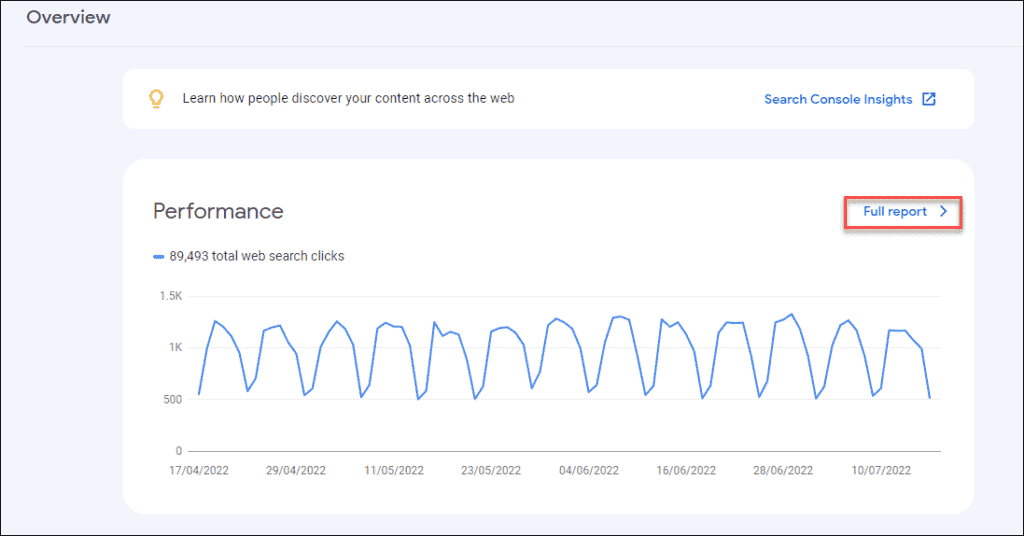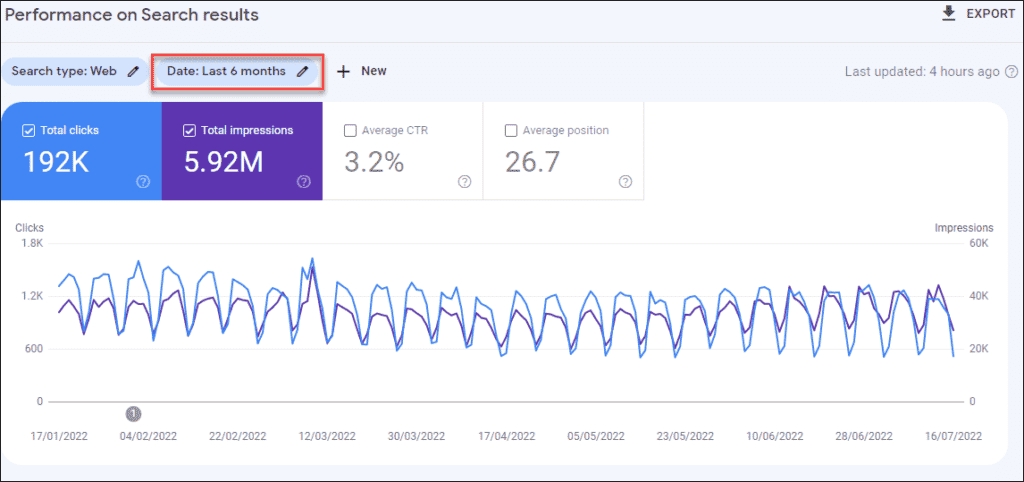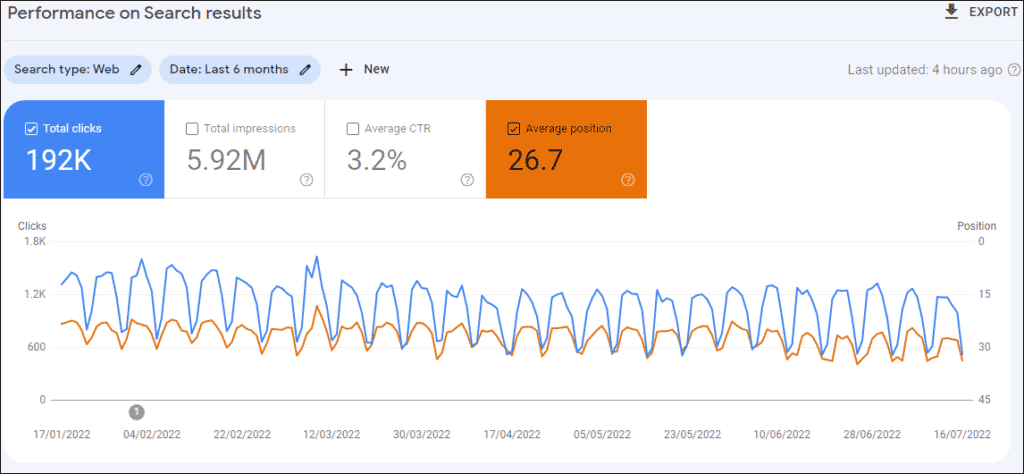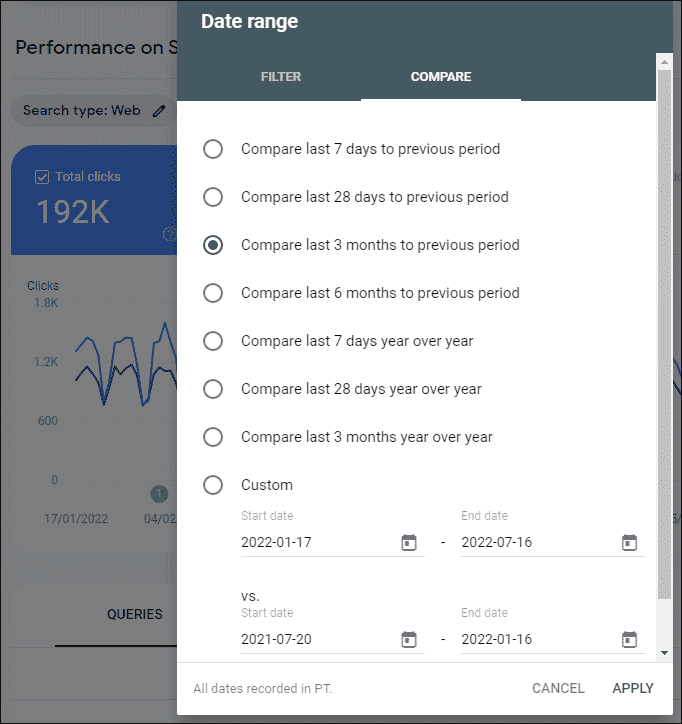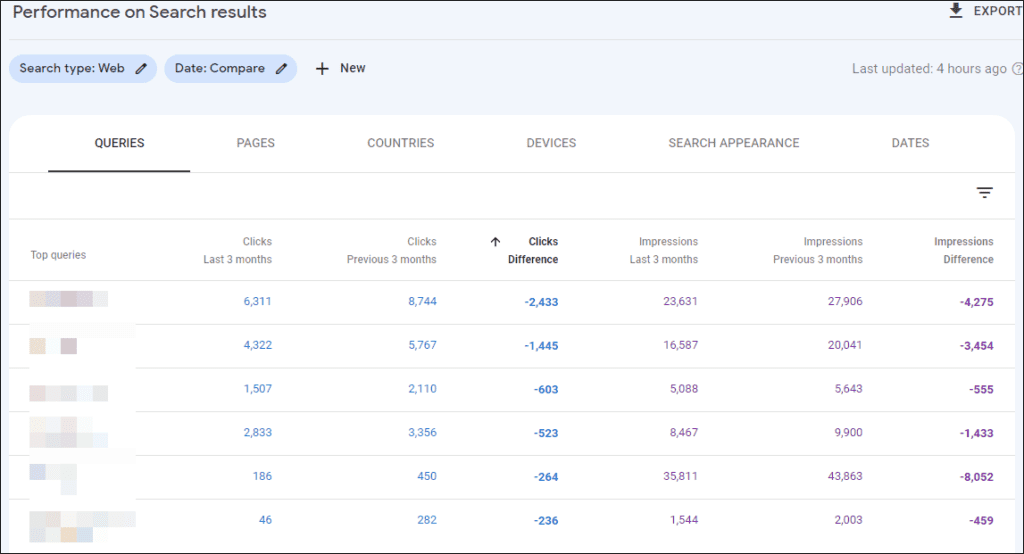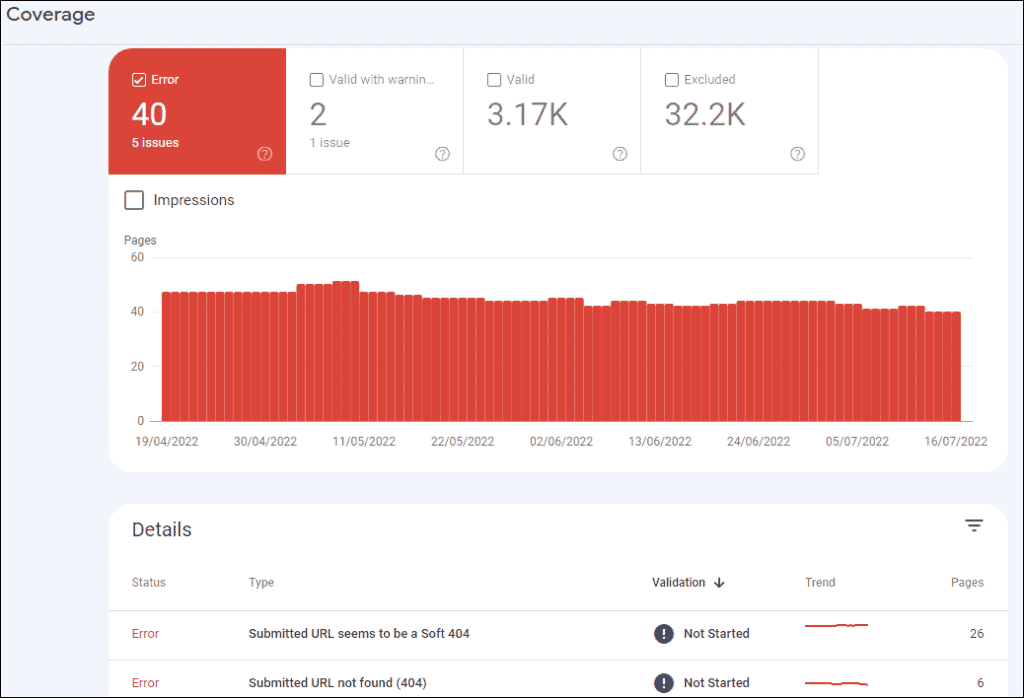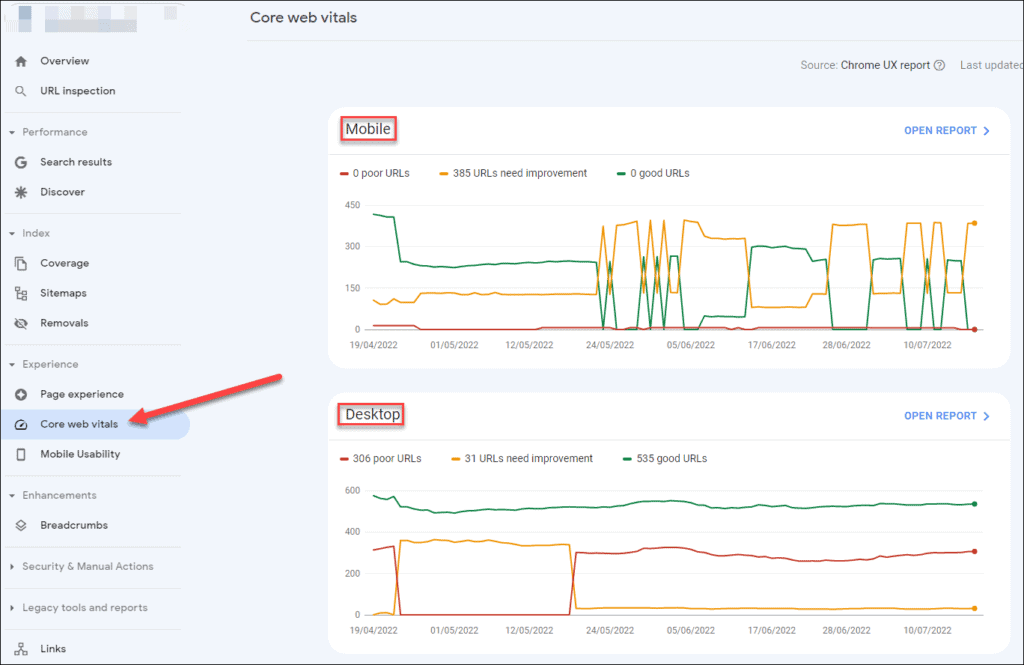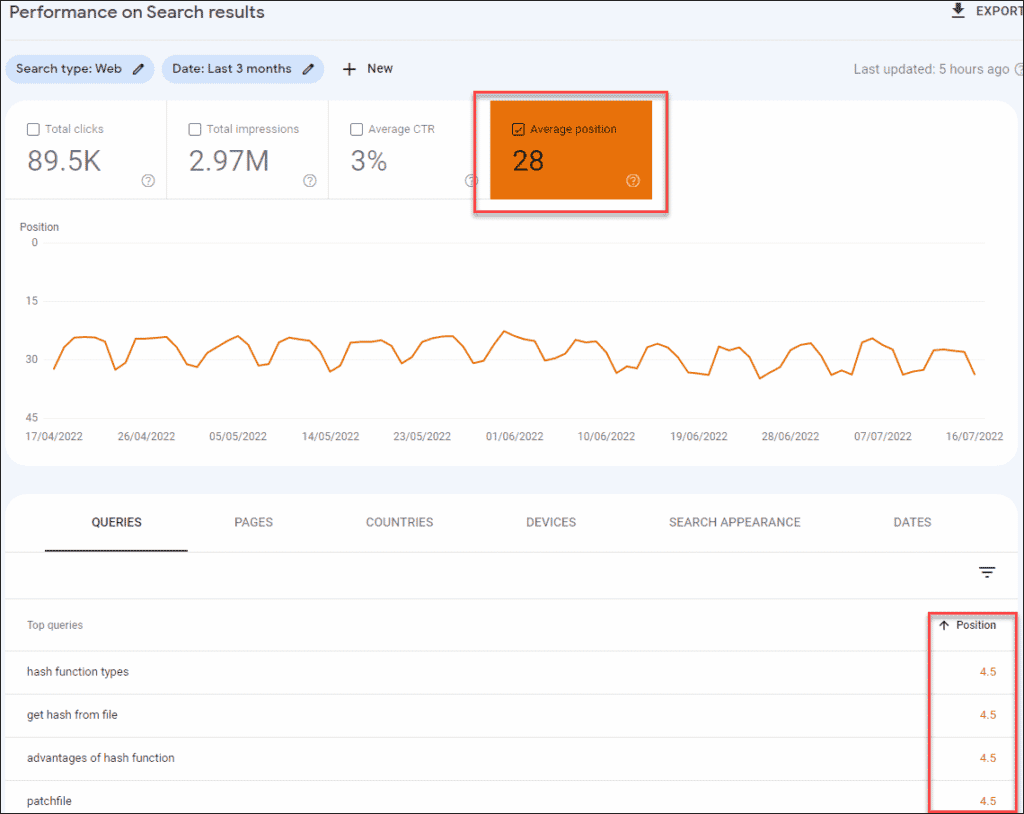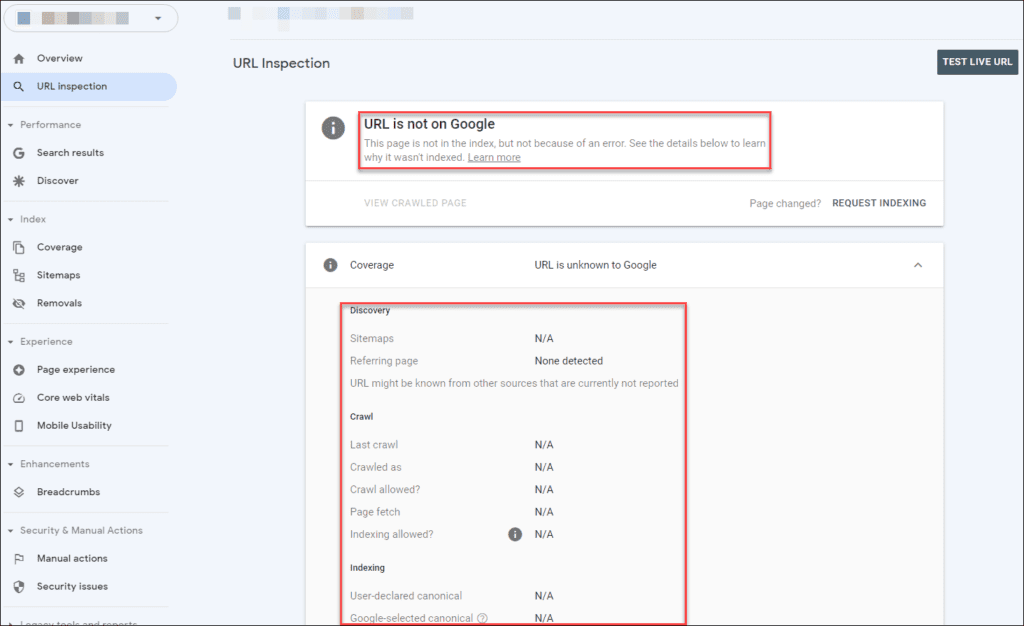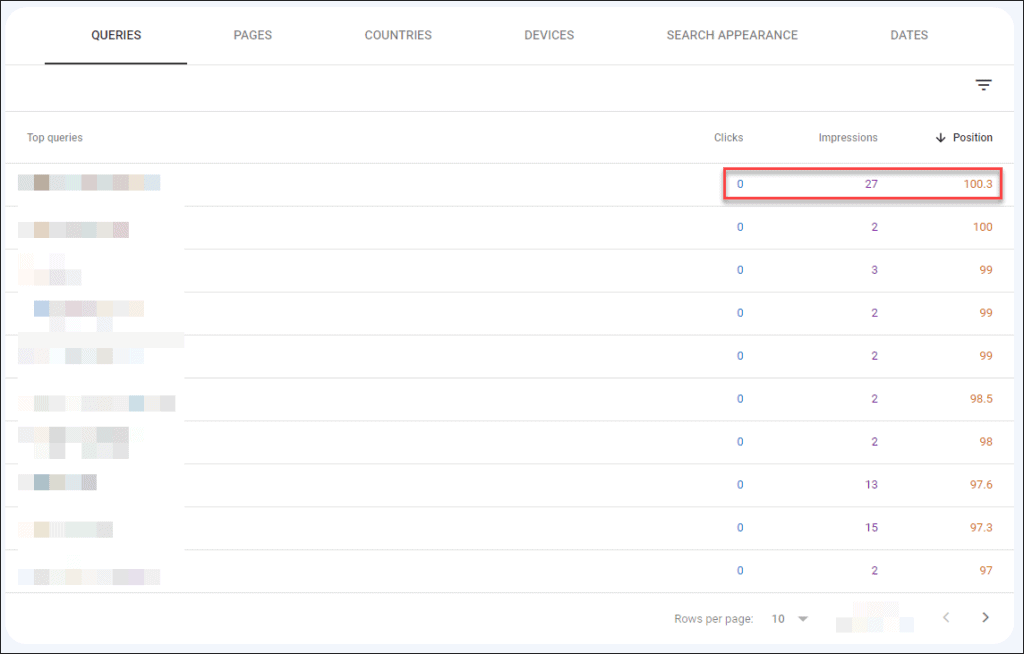There are more SEO tools than good reasons for using them. And sadly, I feel that the majority aren’t fit for purpose.
There are some notable exceptions, however, and one of the best is often neglected by businesses, unusually powerful, and misunderstood by most. It’s also free.
The tool is Google Search Console. And unlike many others, it doesn’t try to scrape, reverse-engineer or guesstimate Google’s data. Instead it is Google’s data, and therefore probably more accurate than other tools you might use. Terms and conditions apply, but it’s still an enormously useful and accessible tool.
I’m a great fan of Google Search Console, and believe that too many businesses ignore the valuable and actionable information that Google are prepared to send their way.
That said, Google Search Console does suffer from one main drawback two main drawbacks.
The first problem is that there’s an awful lot of information, and it’s too easy to drown in the abundance of data that Google provide.
But as someone who spends hours each day in Search Console, I know my way around their system. And as a matter of routine, know where to go for the most actionable information, and where to check that there are no fires to put out.
This post isn’t designed to be an exhaustive guide to Google Search Console.
Instead I’ll show you what you can do with the tool, what to do if you’re tight for time, where to find the juiciest low-hanging fruit, and what you need to be careful of when using it.
What you can gain from Google Search Console
There are literally hundreds or even thousands of pieces of actionable information within a typical account, but three categories are really worth investing time and focusing on:
- Opportunities for increasing the number of targeted visitors you get from Google
- An SEO health check (kind-of-ish)
- A roadmap of where to focus your efforts if you have limited time, but want to do some sort of productive SEO
If you only have five minutes or less…
Understand what’s working & what isn’t: Performance
What you can find:
The overall trend of your organic traffic volume, general and individual positions in the organic results, keyword opportunities, page opportunities and more.
How to find it:
It’s often a good idea to open up the date range a little, to get a greater range of data:
Focusing on average position can be helpful:
Comparing two data ranges can be enormously useful. For example, comparing how this quarter compared to the previous:
When you compare two date ranges, you can also sort by lost or gained clicks or impressions, for example:
What to be careful of:
The first is that the keywords only tell part of a story, in that they’ll only report the keywords that your website is to some extent ranking for. But it can’t show you the keywords that your website could and should rank for.
The second is the some of the accuracy of the data is a little questionable. Some of the data is highly inaccurate. As an example, you may find keywords that are reported as having an average position of 90+. If that were true, this would be around the tenth page of Google’s search results.
In addition, Google were recently called-out on how inaccurate the data may be. See why the data is less accurate than we thought.
Know what you don’t know : Coverage
What you can find:
Pages on your website that can’t be indexed, pages with issues, pages that have been indexed by Google and those you’ve intentionally blocked.
How to find it:
What to be careful of:
If you have content on your website that Google can’t find or see, whether intentionally or otherwise, then they can’t and won’t be included here.
Ask Google what they think: Core web vitals
What you can find:
How Google decide that each of your pages perform, mainly based on performance factors that affect the user experience.
How to find it:
What to be careful of:
Google based their scores on real world usage data – in other words actual users visiting your pages.
If the page is new, or Google don’t have enough data, they’ll simply report no data available. If you see this, then use the PageSpeed Insights tool instead.
Is there a (big) problem? Manual actions and security issues
What you can find:
A manual action is when a human reviewer at Google has decided that some of your pages aren’t compliant with their quality guidelines.
Security issues are when Google think that your site has been hacked, or does something that could potentially harm a visitor’s computer.
Both of these are obviously bad news, and you’re looking for that big, healthy green checkbox next to No issues detected.
How to find it:
How to find the juiciest of the juicy low hanging fruit
Keywords with the greatest potential : Performance
What you can find:
Keywords that are (1) highly relevant to your business, and (2) already rank reasonably well in the search results.
How to find it:
What to be mindful of:
This is about identifying relevant keywords, that already have ranking positions between 4 and 8 (for example). The idea is that if a page already ranks reasonably well, optimising it to climb up a small amount, for example from position 6 to 4, is not only realistic, but could produce visible results.
Why doesn’t this page get any organic traffic? URL inspection
What you can find:
The reason a piece of your content isn’t getting any organic traffic at all. Sometimes.
How to find it:
What to be careful of:
This isn’t an exhaustive diagnosis, but if one of your pages isn’t getting any organic traffic at all, it may tell you why. Or at the very least will rule out some issues that you don’t need to look into.
But at risk of sounding harsh, a page may get no visitors from Google simply because it isn’t very good.
Be careful what you believe
Analytics, back in the day, only showed us keywords that had resulted in clicks to our website. This was only one side of the picture, but at least we received qualitative information for each – eg: bounce rate, time spent, pages viewed etc. Then Google decided that this sort of information was too private to share, so they removed it.
Google Search Console then came along with impression data – in other words, the number of times your content showed up in Google searches, whether it was actually clicked or not.
So for each keyword or URL, you can see the number of clicks, the number of impressions, average position and (oddly) the average CTR.
But there’s a catch.
This is how Google define what counts as an impression:
“An impression means that a user has seen (or potentially seen) a link to your site in Search, Discover, or News.
In general, an impression is counted whenever an item appears in the current page of results, whether or not the item is scrolled into view, as long as the user need not click to see more results (such being required to click “see more” to see the link).”
The problem is that you’ll often see results like this:
If that information is correct, the highlighted keyword saw 27 impressions, with an average position of 100. Without going into the complexities of how this works, a ranking of position 100 would appear around page eleven of the results.
And when’s the last time you searched on page two of the results, let alone page eleven?
I did speak to Google about this issue at one of their events in 2019, and they confirmed that searching by bots, crawlers or scrapers would not be included in this data.
Draw your own conclusions.
More importantly, beware the blinkered data
The keyword data in your Search Console only shows you the keywords that you’re showing up for, somewhere in the search results.
But what about the keywords that you don’t show up for at all? Keywords that are completely relevant to your website, but you don’t rank for at all?
Imagine a scenario where the keywords that you knowingly target are only a minority of the relevant searches that happen every day.
Search Console can’t show you the keywords that you should show up for but aren’t.
This is why at some point you’ll have to reach for your credit card
Because Google Search Console, as powerful a resource as it is, can only take you so far.
The only way to find the keywords that you’re missing is to use a dedicated tool – like SERanking or ahrefs. This is the only way to find the worthwhile terms and phrases that your known and unknown competition are using. The keyword opportunities that you’re missing out on.
And the only way to audit your website thoroughly and comprehensively is to use a dedicated tool. Something like Sitebulb.
On top of that… the data is less accurate that we believed
A few weeks ago, there was an interesting post on the ahrefs blog, that proved that on average, around 50% of the queries in Search Console are hidden.
So where does that leave us?
My opinion is that partial data from Google is likely to be better than interpreted data from third parties. And once you include that the data and setup are free and straightforward, I still rate Google Search Console data as the best starting point in your SEO efforts. For now at least.
Unique ideas for your business
The Demystifier puts practical ideas into your hands. You won't find them elsewhere. Original, actionable and insanely effective.


